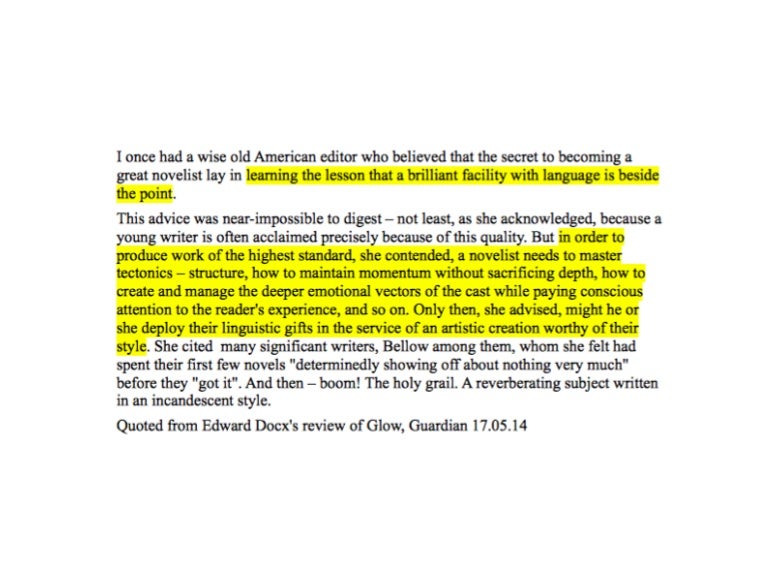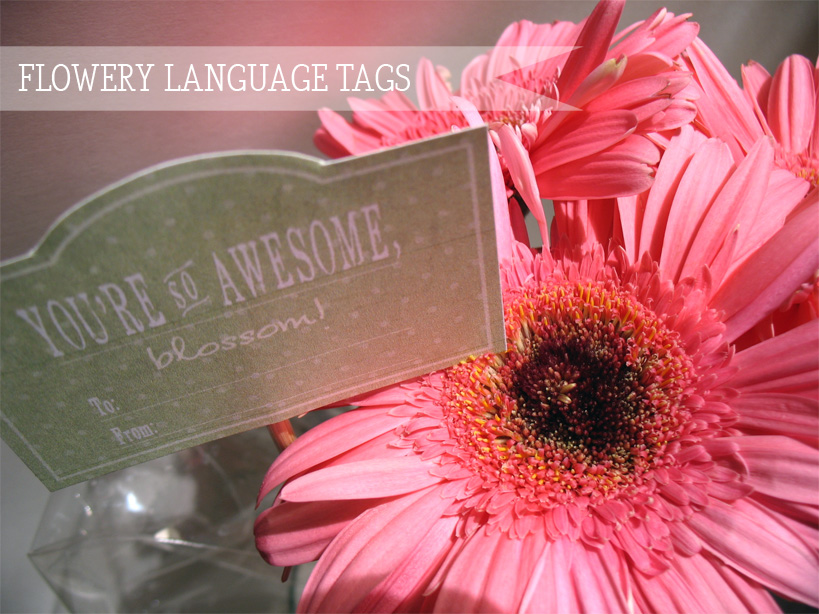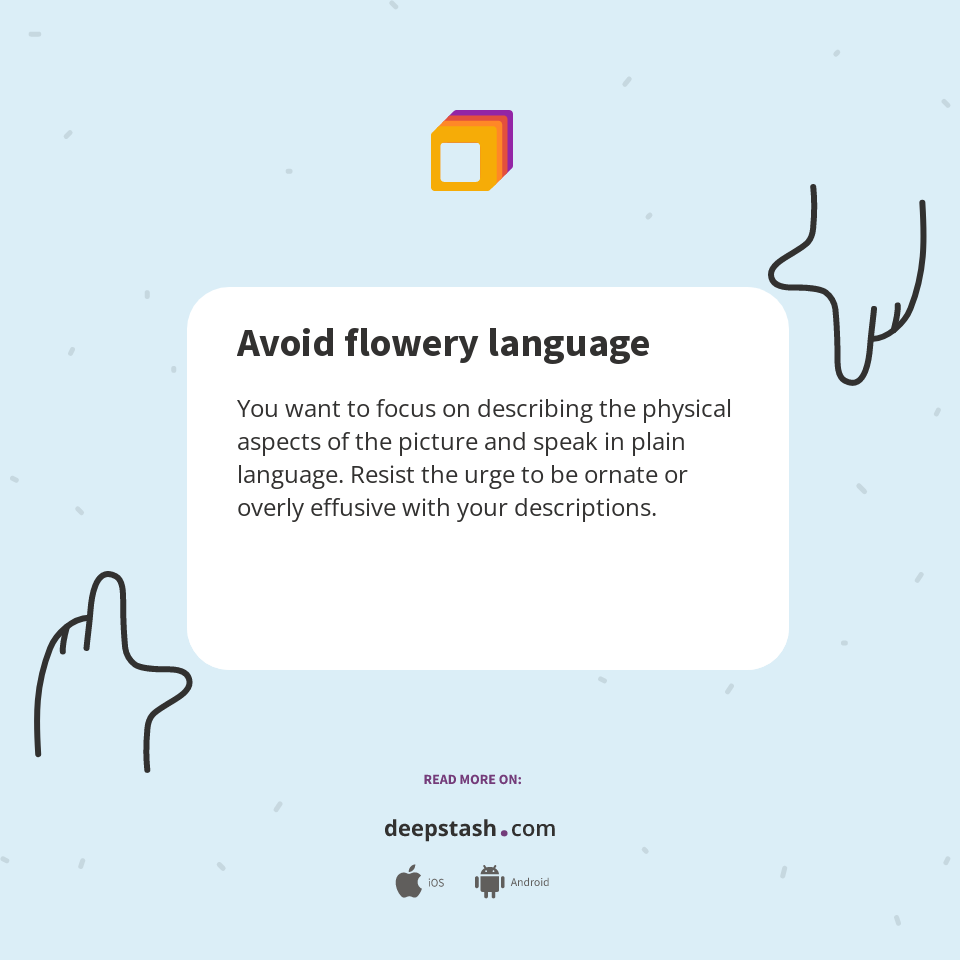Embark on a literary journey into the captivating realm of flowery language, where words dance with elegance and imagery unfolds with vibrant hues. This linguistic tapestry invites us to explore the depths of expression, unlocking emotions and painting vivid pictures that transcend the boundaries of ordinary speech.
Delve into the essence of flowery language, its characteristics, and the myriad ways it enriches our communication. Discover the power of metaphors, similes, and personification, and witness how these literary devices transform language into an art form.
Definition of Flowery Language
Flowery language is a literary style that uses elaborate and ornate language, often characterized by excessive adjectives and adverbs. It aims to create a vivid and sensory experience for the reader, appealing to the emotions rather than relying solely on logic or reason.
Characteristics of Flowery Language
Some common characteristics of flowery language include:
- Use of Figurative Language:Metaphors, similes, personification, and other figures of speech are frequently employed to create vivid imagery and evoke emotions.
- Exaggeration and Hyperbole:Authors may exaggerate or overstate certain qualities or descriptions to emphasize a point or create a dramatic effect.
- Sensory Details:Writers often appeal to the senses of sight, sound, smell, taste, and touch to create a multisensory experience for the reader.
- Elaborate Syntax:Complex sentence structures, including long and winding sentences, can be used to create a sense of grandeur and formality.
- Archaic or Unusual Vocabulary:Authors may employ words that are not commonly used in everyday speech, adding a sense of sophistication or historical depth.
Examples of Flowery Language
Here are a few examples of phrases that exemplify flowery language:
- Her eyes sparkled like a thousand diamonds.
- The wind whispered secrets through the rustling leaves.
- The sunset painted the sky with hues of gold and crimson.
- The waves crashed upon the shore with the fury of a thousand storms.
- The child’s laughter was like the sound of silver bells.
Purpose of Flowery Language

Writers employ flowery language for a variety of reasons. Primarily, it serves to enhance the aesthetic appeal of a written work, creating a more engaging and immersive experience for readers.
Emotional Impact
Flowery language can evoke strong emotions in readers by employing vivid imagery, metaphors, and similes. This emotional connection deepens their engagement with the text and enhances their overall reading experience.
Cognitive Stimulation
By using figurative language and complex sentence structures, flowery language challenges readers cognitively. It stimulates their imagination and encourages them to think critically about the meaning and implications of the text.
Cultural Significance
Flowery language often reflects the cultural and historical context in which it is written. It can provide insights into the values, beliefs, and perspectives of the society that produced it.
Emphasis and Clarity
In some cases, flowery language can be used to emphasize certain points or clarify complex ideas. By employing figurative language and vivid descriptions, writers can make their messages more memorable and easier to understand.
Types of Flowery Language

Flowery language encompasses a range of literary devices that enhance the expressiveness and imagery of written or spoken communication. These devices employ figurative language to create vivid descriptions, evoke emotions, and convey complex ideas in a memorable and engaging manner.
Metaphors, Flowery language
Metaphors establish an implied comparison between two dissimilar things, drawing parallels between their qualities or characteristics. By comparing one object or concept to another, metaphors create unexpected connections that can illuminate hidden meanings and provoke deeper understanding. For example, in Shakespeare’s “Romeo and Juliet,” Romeo describes Juliet as “the sun,” conveying her radiance and illuminating presence.
Similes
Similes are similar to metaphors but use the explicit words “like” or “as” to make the comparison. Similes provide a direct and straightforward comparison, often highlighting specific qualities or features. For instance, in Emily Dickinson’s poem “Hope,” she writes, “Hope is the thing with feathers,” comparing hope to a bird with its ability to uplift and inspire.
Personification
Personification attributes human qualities or characteristics to non-human entities, such as animals, objects, or abstract concepts. By giving these entities human-like qualities, personification brings them to life and allows writers to explore human emotions and experiences through a unique perspective.
For example, in George Orwell’s “Animal Farm,” the animals on the farm represent different human characters and their political ideologies.
Benefits and Drawbacks of Flowery Language
Flowery language, characterized by its ornate and elaborate style, offers both advantages and disadvantages in its usage.
Advantages of Flowery Language
The primary benefit of flowery language lies in its ability to enhance creativity and evoke emotions. By employing vivid imagery, metaphors, and similes, writers can create a rich and evocative tapestry of words that captivates the reader’s imagination and stirs their feelings.
This expressive style allows for the exploration of complex ideas and the conveyance of profound emotions in a memorable and engaging manner.
Drawbacks of Flowery Language
However, flowery language can also pose potential drawbacks. Its excessive ornamentation and complexity may obscure the intended meaning, making it difficult for readers to grasp the core message. Moreover, the elaborate prose can distract readers from the substance of the text, drawing attention to the language itself rather than the ideas it conveys.
In some cases, flowery language may come across as pretentious or artificial, undermining the credibility and authenticity of the writing.
Use of Flowery Language in Literature

Flowery language, with its ornate and evocative imagery, has been a staple in literature for centuries. Authors have harnessed its power to create vivid and memorable worlds, evoke emotions, and convey complex themes.
Famous Authors Known for Flowery Language
Some authors are renowned for their masterful use of flowery language. William Shakespeare, for instance, employed it to create rich and poetic descriptions in plays like “Romeo and Juliet” and “Hamlet.”
- William Shakespeare:“But soft! What light through yonder window breaks? / It is the east, and Juliet is the sun.” (Romeo and Juliet)
- Jane Austen:“It is a truth universally acknowledged, that a single man in possession of a good fortune, must be in want of a wife.” (Pride and Prejudice)
- Oscar Wilde:“The truth is rarely pure and never simple.” (The Importance of Being Earnest)
Other notable authors who have employed flowery language include Jane Austen, Oscar Wilde, and Charles Dickens.
Flowery Language in Modern Writing
In contemporary writing, flowery language persists as a tool for authors to evoke vivid imagery, create emotional resonance, and convey complex ideas. It is employed in various genres, including literature, journalism, and advertising, each adapting its use to suit specific contexts and audiences.
Literature
In literature, flowery language enhances the narrative experience, immersing readers in rich sensory descriptions, intricate metaphors, and evocative similes. It allows authors to explore themes, develop characters, and create memorable settings that transcend the literal meaning of words.
Journalism
Journalism utilizes flowery language sparingly, focusing on accuracy and clarity. However, it may be employed in editorials, op-eds, or feature articles to convey a writer’s perspective, add emotional depth, or evoke a particular response from readers.
Advertising
Advertising heavily relies on flowery language to capture attention, persuade consumers, and create a memorable brand image. Advertisers employ evocative slogans, metaphors, and sensory appeals to engage emotions and influence purchasing decisions.
Ethical Considerations of Flowery Language
The use of flowery language can raise ethical concerns, particularly when employed in persuasive writing. While it can be an effective tool for engaging readers and conveying messages, it is essential to consider the potential for misuse and manipulation.
Flowery language can be intentionally employed to mislead or deceive readers by obscuring facts or presenting information in a biased manner. By using emotionally charged language and vivid imagery, writers can appeal to readers’ emotions and bypass their critical thinking, potentially leading them to accept claims that may not be fully supported by evidence.
Potential for Manipulation
- Flowery language can create a sense of urgency or excitement, leading readers to make hasty decisions.
- It can be used to oversimplify complex issues, making them appear easier to understand than they truly are.
- By using emotionally charged language, writers can appeal to readers’ biases and prejudices, potentially leading them to accept claims that align with their existing beliefs.
Balancing Persuasion and Ethics
While flowery language can be a powerful tool for persuasion, it is essential to use it responsibly and ethically. Writers should strive to present information accurately and fairly, avoiding the use of deceptive or misleading tactics. By balancing the use of vivid language with a commitment to truthfulness and transparency, writers can engage readers while maintaining the integrity of their message.
Alternative to Flowery Language
While flowery language can be effective in certain contexts, there are alternative ways to express ideas and emotions without resorting to its embellishments. These alternatives often favor clarity, conciseness, and directness.
One alternative to flowery language is plain language. Plain language is simple, clear, and easy to understand. It avoids jargon, technical terms, and complex sentence structures. Plain language is often used in legal documents, technical manuals, and other situations where it is important to communicate information clearly and concisely.
Advantages of Plain Language
- Clarity: Plain language is easy to understand, even for people who are not familiar with the topic being discussed.
- Conciseness: Plain language uses fewer words to convey the same meaning as flowery language.
- Directness: Plain language gets to the point quickly and efficiently.
Disadvantages of Plain Language
- Lack of emotion: Plain language can sometimes be seen as dry and unemotional.
- Lack of creativity: Plain language can be less creative and expressive than flowery language.
- Lack of impact: Plain language can sometimes be less impactful than flowery language.
Another alternative to flowery language is figurative language. Figurative language uses metaphors, similes, and other figures of speech to create a more vivid and imaginative description. Figurative language can be effective in conveying emotions and ideas that are difficult to express in plain language.
Advantages of Figurative Language
- Vividness: Figurative language can create a more vivid and imaginative description than plain language.
- Emotional impact: Figurative language can be more emotionally impactful than plain language.
- Creativity: Figurative language can be more creative and expressive than plain language.
Disadvantages of Figurative Language
- Ambiguity: Figurative language can sometimes be ambiguous or difficult to interpret.
- Complexity: Figurative language can sometimes be complex and difficult to understand.
- Overuse: Figurative language can sometimes be overused, which can lead to it becoming clichéd or meaningless.
Ultimately, the best way to express ideas and emotions depends on the context and the audience. In some cases, flowery language may be the best choice. In other cases, plain language or figurative language may be more appropriate.
Last Point
As we conclude our exploration of flowery language, let us reflect on its enduring impact on literature and modern writing. From the timeless works of Shakespeare to the contemporary prose of our time, flowery language continues to captivate readers, evoking emotions, inspiring imaginations, and leaving an indelible mark on our literary landscape.
May this newfound appreciation for flowery language empower you to express your thoughts and feelings with eloquence and flair. Embrace the beauty of words, paint with vibrant imagery, and let your writing blossom into a masterpiece of linguistic art.
Detailed FAQs: Flowery Language
What is the primary purpose of flowery language?
Flowery language aims to enhance creativity, evoke emotions, and create a vivid and engaging reading experience.
Can flowery language be used in persuasive writing?
While flowery language can be effective in persuasive writing, it should be used ethically and with consideration for potential manipulation or misleading of readers.
What are some alternatives to flowery language?
Alternatives to flowery language include using clear and concise language, employing specific and evocative nouns and verbs, and incorporating sensory details to create a vivid and engaging writing style.